Gibson House in North York, Toronto, at 5172 Yonge Street.
Gibson House, the home of David and Eliza Gibson, recreates life in a 19th century farm house, an era from our past that contrasts with our busy modern world. The early decades that this house represents may appear quiet and less-hurried when compared to today, but visitors soon learn that this is a mere illusion. It was an age that lacked modern technology, meaning that life was harsh and labour intensive. Despite this, many tasks performed by the Gibson family remain familiar to us today, while others are thankfully remote.
The story of the original inhabitant of the house is fascinating, as they witnessed and participated in some of the most turbulent events in the history of our province. David Gibson was born in 1804 in the parish of Glamis, Forfarshire (Angus), Scotland. His father, a tenant farmer, apprenticed him at 15 years of age to a land surveyor in Forfarshire. When David’s apprenticeship ended in 1824, he immigrated to North America. His uncle, Alexander Milne, who lived in Markham Township, Upper Canada (Ontario), encouraged him in this venture by informing him that it was relatively easy to qualify as a surveyor in the province as surveyors were in great demand.
David sailed for North America in the spring of 1825 and arrived in Montreal. Although he found employment there, a permanent position in his area of expertise eluded him. Finally, even though a well-paid position as a grocery merchant was offered to him, he departed Montreal and journeyed to his uncle’s farm in Upper Canada. Upon his arrival in the province, he was still unable to immediately secure the employment that he desired.
However, upon passing the provincial examination for surveyors in December 1825, he was appointed deputy-surveyor of roads and in September 1828, surveyor of highways for the southern part of the Home District. In a mere three years, he was well established and was busy mapping the roads and avenues of early-day York (Toronto).
In 1828, Gibson married his cousin, Eliza Milne, and the following year they bought a farm lot on north Yonge Street, nine miles north of the town of York. Located in an area that is today named Willowdale, they built a wood-frame house. Under David’s guidance, the property became an active and progressive farm.
However, despite his busy life as a farmer and surveyor, David Gibson set aside time to become involved in public affairs. In 1831 he was elected president of the York Temperance Society. It was during these years that he saw first-hand the inequalities of the political system in Upper Canada and became an avid Reformer. His views led him to a political association with William Lyon Mackenzie.
In 1834 and 1836 Gibson was elected to the assembly for the First Riding of York, where he became known as a reasonable but forceful supporter of reform. It is thought that because of his commitment to the reform movement, the newly-incorporated City of Toronto City Council gave him contacts surveying streets and sidewalks. However, despite his many activities, he continued to farm and prosper. He won several prizes from the Home District Agricultural Society, and successfully sold livestock at ever-increasing prices.
In December of 1837, Mackenzie began advocating for open rebellion against the government. Gibson learned of the plans only two days before events were to begin and was not fully aware of Mackenzie’s intentions. When he finally met with Mackenzie, the rebel leader demanded that Gibson choose sides. Gibson was hesitant. However, he eventually agreed, even though he believed that rebellion was wrong. He reasoned that such an extreme measure might force the government to institute reforms that were badly needed.
On a cold December morning, though he harboured doubts about the course of action, Gibson was present at Montgomery’s Tavern where Mackenzie and the rebels had gathered. Unfortunately, the tavern was raided by government forces lead by James Fitzgibbon and Allan McNab. During the skirmish, Gibson protected the loyalist prisoners held inside Montgomery Tavern from mistreatment, and eventually led them to safety. At this point, Gibson left the rebels and did not join in the march down Yonge Street.
The loyalist prisoners were grateful for their freedom and spoke on Gibson’s behalf. Despite this, Lieutenant Governor Sir Francis Bond Head ordered the militia to torch the house on Gibson’s farm. While it was in flames, after ensuring that her children were safe, Eliza Gibson ran into the burning building to retrieve the clock-face and mechanical workings from their treasured wooden long-case (grandfather) clock. In her skirt, she carried out of the house the valuable parts of the clock.
As there was a warrant for his arrest, Gibson hid near Oshawa for a month, and then, escaped across Lake Ontario to Lockport, New York. While in the United States, he avoided any contact with Mackenzie, who had referred to him in an article as a coward, because Gibson had left the rebels after the fighting at Montgomery’s Tavern. Gibson finally secured employment in Lockport as an engineer on the Erie Canal and sent for his family to join him. He prospered and soon was able to purchase a farm.
Although he was pardoned in 1843 by the government of Canada West (Upper Canada) on the charge of treason, he remained in the United States and in 1846 applied for citizenship. In 1848, however, he lost his employment contract on the Erie Canal. As a result, after 11 years in exile, he decided to return to his farm in Canada West (today named Ontario).
While Gibson was in the United States, his Yonge Street property had been tended to by relatives. Repossessing the farm, he was determined to re-build and also resume his profession as surveyor. He hired a farmhand to assist him when he was away surveying. Interestingly, the clock works that Eliza had rescued from the flames in 1837, had been placed in a new case after Eliza, David, and their children re-united in Lockport, New York. When the Gibson family returned to the farm in 1848, the long-case clock was brought with them.
In 1851, the Gibson family built an impressive Georgian Revival farmhouse at 5172 Yonge Street. A narrow dirt lane led from the farmhouse to Yonge Street. A few years after the house was built, an addition was erected to provide accommodation for the labourer who worked on the farm. It was a separate second-level structure attached to the west side of the house, with a separate staircase and entrance that connected it to the kitchen. The worker used the separate entrance to enter or depart the house, and only visited the parlour and living space if he were invited by the family.
In 1855, Gibson opened a post office just north of his farm. In that decade, there were about 150 people living in the community, which was known as Kummer’s (or Cummer’s) settlement. David Gibson suggested that the name be changed to Willowdale, because of the numerous willow trees in the area.
The house was home to David and Eliza and their four sons and three daughters. After David and Eliza passed away, their son Peter Silas Gibson and his family lived it until 1916. Then, the house was occupied by a series of different owners and tenants. To rescue it from demolition, the Township of North York purchased the property in 1965.
Gibson House was restored and opened as a heritage museum on June 6, 1971. Today, it operates as a functioning household by interpreting 19th-century domestic skills involving cooking, sewing, gardening and farming. Visitors are able to tour this historic Georgian-style farmhouse and museum is at 5172 Yonge Street. The clock rescued by Eliza can still be seen in a prominent position in the house.
Sources:
I am indebted to the tour guide who showed me the rooms within Gibson House and the informative signs posted in the hallways to help visitors understand 19th-century life.
Internet sources:
www.thecanadianencyclopedia.ca/en/article/toronto-feature-gibson-house/
www.torific.ca/gibson-house-reminder-of-early-settlements-and-rural-history-in-north…
www.biographi.ca/en/bio/gibson_david_9E.html
Entrance in 1913 from Yonge Street to Gibson House, which in that year contained the offices of Peter S. Gibson. The view gazes west, with the house partially obscured by the trees. Toronto Public Library, Call number NYHS00633.
View looking south on Yonge Street from Park Home Avenue in 1914. The rural qualities of the community are clearly evident. This is the view a person would have seen in 1914 after exiting the laneway from the Gibson House and turning southward toward the city. City of Toronto Archives, Call number NYHS00010.
View looking west at the land between Yonge Street and the Gibson House. The photo is dated 1957, but I suspect it was taken much earlier as the porch is missing from the front of the house. In the next photo, dated the same year, the porch has been restored. Toronto Public Library, Call number SI-4167.
East and north facades of Gibson House. The photo is dated 1957, but as the house appears restored, the date of the photo is suspect. Toronto Archives, f 0217, S 0249, fl 1009, item 0001.
Controller Mel Lastman in front of Gibson House in 1970, when the house was overshadowed by a 17-story apartment building on its north side. Toronto Public Library, tspa 01007065f.
The front of Gibson House in June 2018. Georgian Revival in style, it has a symmetrical facade, with nine windows, and a Greek portico.
The Greek-style portico and the door with its side-light windows and fan-shaped transom window above, which add elegance to the entranceway.
The kitchen of Gibson House with its large open fireplace and work table. This is where meals were prepared for family members, the domestic servant, and the farm worker.
The fireplace with various 19th-century utensils required for cooking.
A cozy table set for tea beside the fireplace in the dining room.
Tables set in the dining room for a Mothers’ Day tea in June 2018.
The clock that contains the face and workings that Eliza rescued from the fire in 1837. The wooden case for the clock was acquired while the family lived in Lockport, New York. The clock was carried across the border when the Gibsons returned to Canada West (Upper Canada, now Ontario) in 1848.
Staircase leading from the ground-floor level to the second storey of the Gibson House. Photo June 2018. The charming young woman in the photo provided an interesting and insightful tour of the home.
View from the top of the staircase, the sewing room on the second-floor level directly ahead.
The boys’ room where James, William, Peter, and George slept, two in a bed.
In the girls’ bedrooms, the front room was where Elizabeth (Libby) slept. She had a writing desk beside the window where perhaps a few love letters were penned. The room behind hers was for her sisters, Margaret and Hellen. Two years after moving into the house, in 1853, Elizabeth married and departed her parents’ home.
The bedroom of David and Eliza, containing the best furnishings in the house. On the far wall is a “dumb stove,” a circular device in a stovepipe that radiates heat from the parlour stove downstairs.
As the heat rises through the stovepipe and reaches the “dumb stove,” it spreads out and heats the room more efficiently. Clothes placed near the dumb stove are kept warm for the morning.
The bed of David and Eliza in the master bedroom.
The sewing room was where clothes were made for the family and where all mending and stitching was performed. In 1851, the hired girl who assisted Eliza with these chores, was 20-year-old Catherine Flynn, an Irish immigrant. Domestic work was not highly valued in this century and Catherine was likely paid about half the wages of the farm worker. However, her room and board were included. She slept in the sewing room.
The guest bedroom, a well-furnished room that was designed to impress visitors. Due to the difficulty of travelling any distance after sunset, guests who arrived for dinner often stayed the night.
The room of John Bosa, the young Englishman who was the farm worker that performed most of the labour on the farm while David Gibson was away surveying. The room was his bedroom, sitting room, and bathroom as it contained a chamber pot under the bed. He ate in the kitchen and entered his room via the back staircase. He did not enter the parlour or living space of the family unless invited. However, because he had a cozy room within the house, he was likely viewed as a valued member of the household.
John Bosa likely sat in his room many an evening after a hard-day’s labour on the farm, soaking his tired feet.
The office of David Gibson, where he worked on the maps and documents related to his employment as a surveyor. The drafting table is beside the window to take advantage of the available daylight.
A person can only speculate how many times a member of the Gibson family peered out this window at the farmland and orchard on the property.
To view the Home Page for this blog: https://tayloronhistory.com/
For more information about the topics explored on this blog:
https://tayloronhistory.com/2016/03/02/tayloronhistory-comcheck-it-out/
Books by the Author
“ Lost Toronto”—employing detailed archival photographs, this recaptures the city’s lost theatres, sporting venues, bars, restaurants and shops. This richly illustrated book brings some of Toronto’s most remarkable buildings and much-loved venues back to life. From the loss of John Strachan’s Bishop’s Palace in 1890 to the scrapping of the S. S. Cayuga in 1960 and the closure of the HMV Superstore in 2017, these pages cover more than 150 years of the city’s built heritage to reveal a Toronto that once was.
“Toronto’s Theatres and the Golden Age of the Silver Screen,” explores 50 of Toronto’s old theatres and contains over 80 archival photographs of the facades, marquees and interiors of the theatres. It relates anecdotes and stories by the author and others who experienced these grand old movie houses. To place an order for this book, published by History Press:
Book also available in most book stores such as Chapter/Indigo, the Bell Lightbox and AGO Book Shop. (ISBN 978.1.62619.450.2)
“Toronto’s Movie Theatres of Yesteryear—Brought Back to Thrill You Again” explores 81 theatres. It contains over 125 archival photographs, with interesting anecdotes about these grand old theatres and their fascinating histories. Note: an article on this book was published in Toronto Life Magazine, October 2016 issue.
For a link to the article published by Toronto Life Magazine: torontolife.com/…/photos-old-cinemas-doug–taylor–toronto-local-movie-theatres-of-y…
The book is available at local book stores throughout Toronto or for a link to order this book: https://www.dundurn.com/books/Torontos-Local-Movie-Theatres-Yesteryear

“Toronto Then and Now,” published by Pavilion Press (London, England) explores 75 of the city’s heritage sites. It contains archival and modern photos that allow readers to compare scenes and discover how they have changed over the decades. Note: a review of this book was published in Spacing Magazine, October 2016. For a link to this review:
spacing.ca/toronto/2016/09/02/reading-list-toronto-then-and-now/
For further information on ordering this book, follow the link to Amazon.com here or contact the publisher directly by the link below:
http://www.ipgbook.com/toronto–then-and-now—products-9781910904077.php?page_id=21
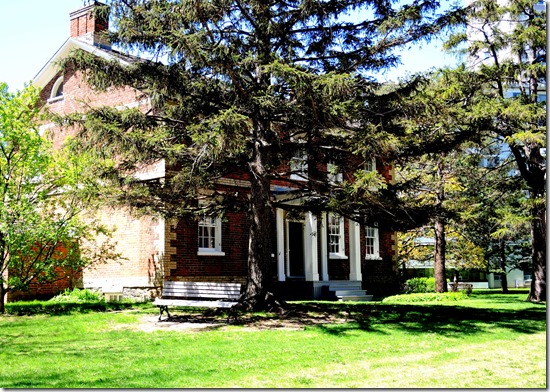
![58. gate and lane to G H in 1913. nyhs00633[1] 58. gate and lane to G H in 1913. nyhs00633[1]](https://tayloronhistory.com/wp-content/uploads/2018/09/58-gate-and-lane-to-g-h-in-1913-nyhs006331_thumb.jpg)
![61, south on Yonge from north of Park Ave, 1914. near nyhs00010[1] 61, south on Yonge from north of Park Ave, 1914. near nyhs00010[1]](https://tayloronhistory.com/wp-content/uploads/2018/09/61-south-on-yonge-from-north-of-park-ave-1914-near-nyhs000101_thumb.jpg)
![60. 1957. pictures-r-6389[2] 60. 1957. pictures-r-6389[2]](https://tayloronhistory.com/wp-content/uploads/2018/09/60-1957-pictures-r-63892_thumb.jpg)
![55. c. 1967 f0217_s0249_fl0090_it0001[1] 55. c. 1967 f0217_s0249_fl0090_it0001[1]](https://tayloronhistory.com/wp-content/uploads/2018/09/55-c-1967-f0217_s0249_fl0090_it00011_thumb.jpg)
![59. c. 1970 tspa_0107065f[2] 59. c. 1970 tspa_0107065f[2]](https://tayloronhistory.com/wp-content/uploads/2018/09/59-c-1970-tspa_0107065f2_thumb.jpg)

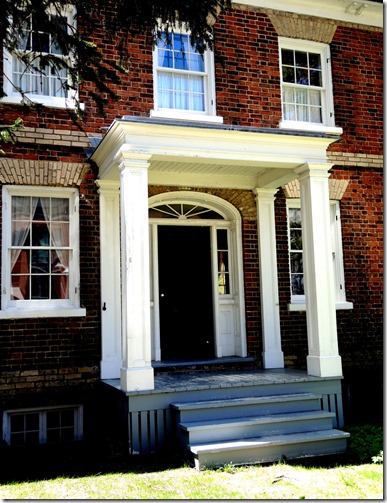
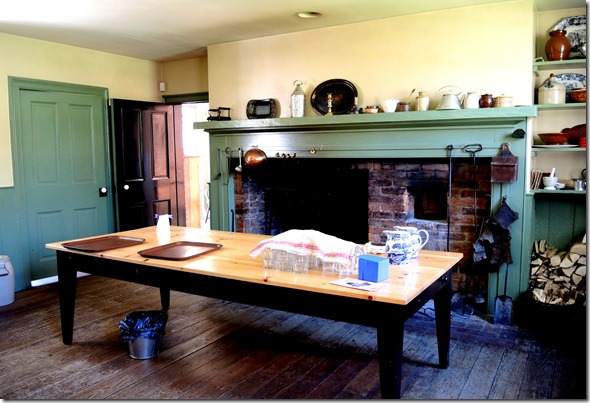


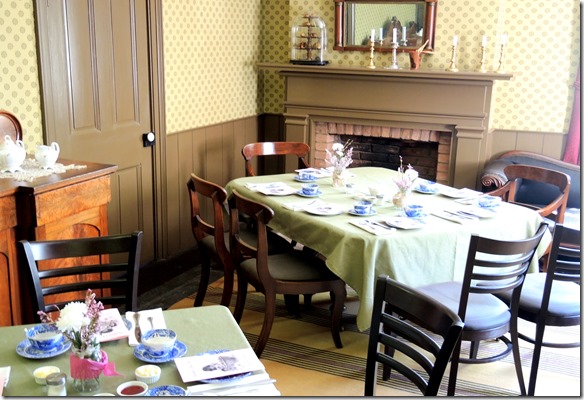
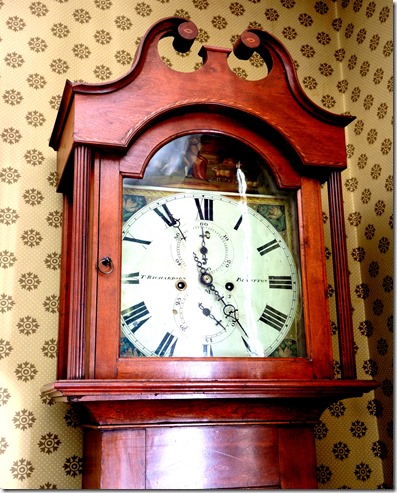
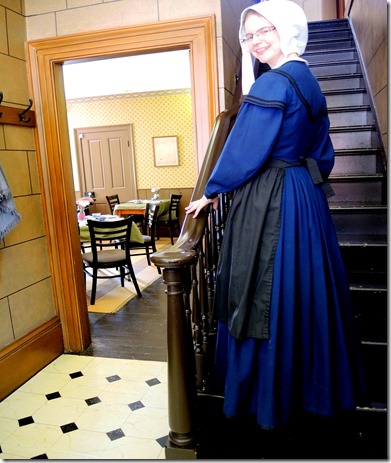
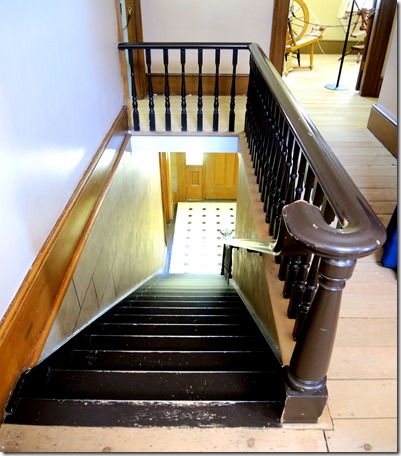


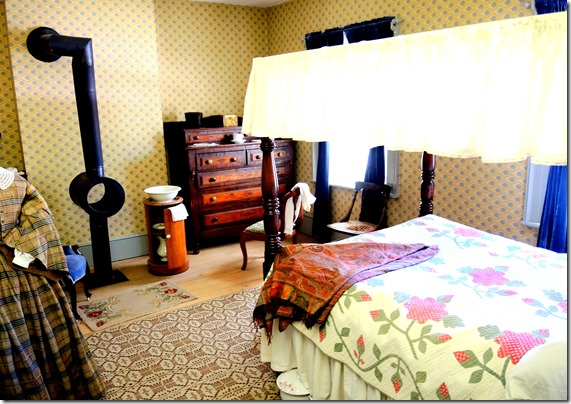
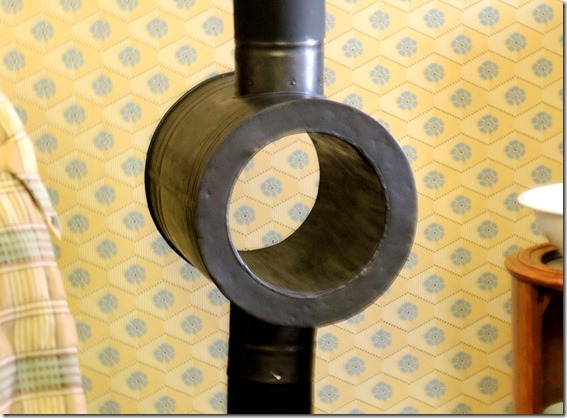


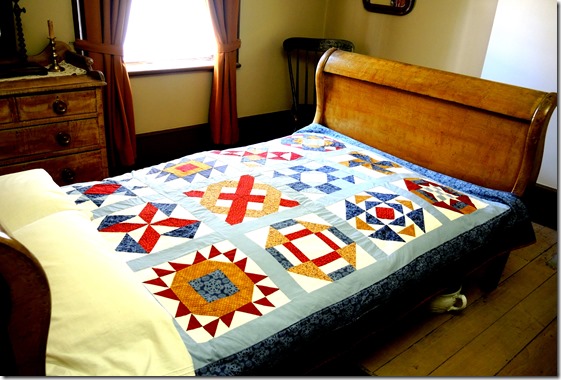
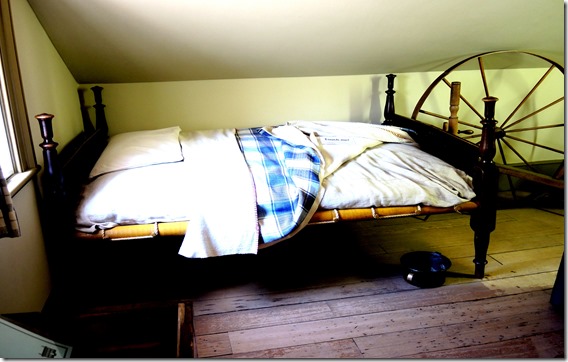

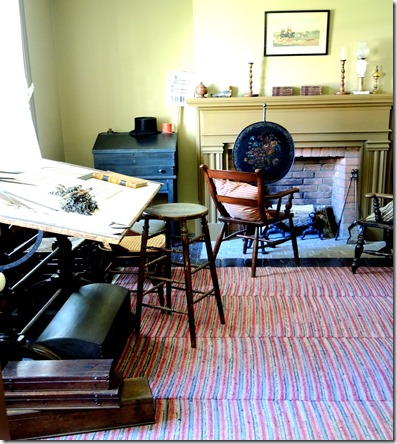
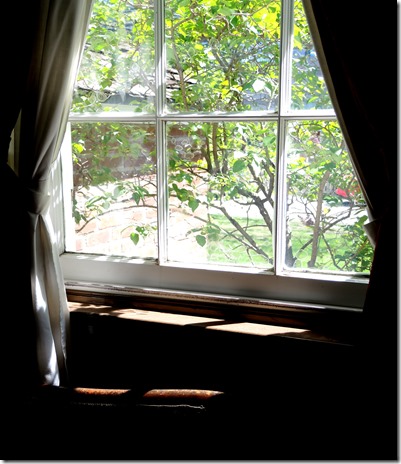
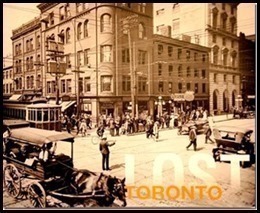
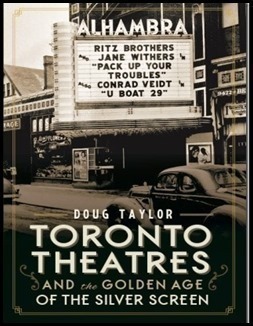
![image_thumb6_thumb_thumb_thumb_thumb[1] image_thumb6_thumb_thumb_thumb_thumb[1]](https://tayloronhistory.com/wp-content/uploads/2018/09/image_thumb6_thumb_thumb_thumb_thumb1_thumb.png)